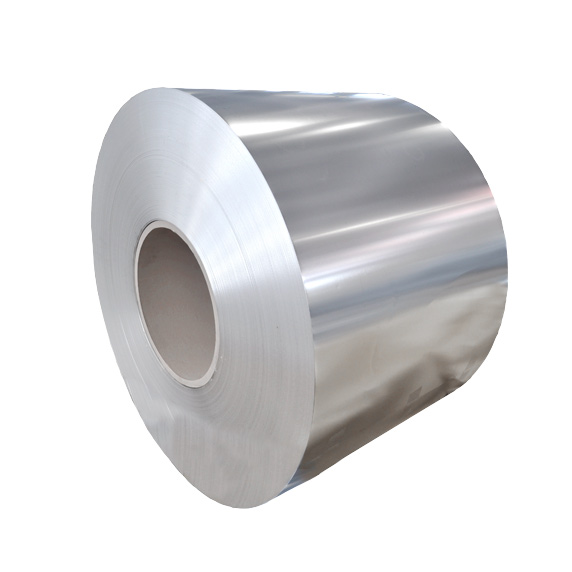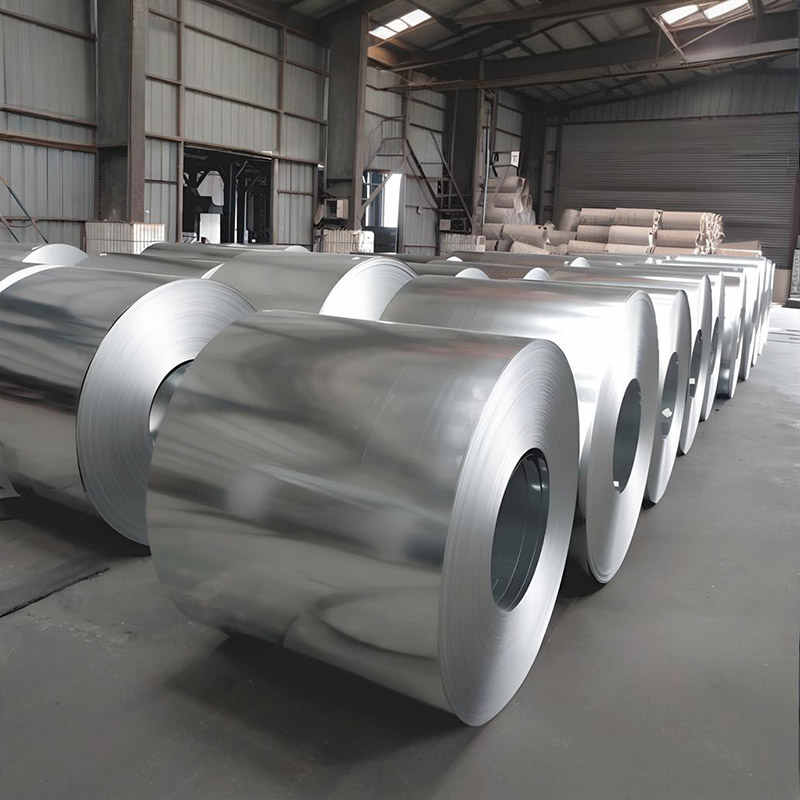What exactly is electrolytic timing and why has it become increasingly vital in modern industrial processes? Electrolytic timing refers to the precise control of electrochemical reactions through carefully managed electrical parameters, enabling accurate timing mechanisms that outperform many traditional alternatives. This technology harnesses the fundamental principles of electrochemistry to create timing solutions with remarkable precision and reliability.
How does electrolytic timing actually function? At its core, this technology relies on the controlled decomposition of electrolytic solutions when electrical current is applied. The rate of electrochemical reactions can be precisely calibrated by adjusting voltage, current density, and electrolyte composition. These variables interact to produce predictable time delays, making electrolytic timing an ideal solution for applications requiring consistent, repeatable timing cycles.
Where do we find electrolytic timing in practical use? This technology has found widespread adoption across numerous industries. In chemical processing plants, electrolytic timing controllers manage reaction durations with exceptional accuracy. Water treatment facilities utilize these systems for precise dosing control, while power generation plants depend on them for synchronization of critical processes. The automotive industry has also embraced electrolytic timing for specialized manufacturing applications where conventional timing mechanisms fall short.
What advantages does electrolytic timing offer over traditional timing technologies? The primary benefits include superior precision, minimal maintenance requirements, and exceptional durability. Unlike mechanical timers that suffer from wear and tear, electrolytic timing systems have no moving parts, resulting in significantly extended operational lifespans. Furthermore, these systems demonstrate excellent resistance to harsh environmental conditions, including extreme temperatures and corrosive atmospheres, making them ideal for challenging industrial settings.
In practical applications, one manufacturing facility reported a 40% reduction in timing-related errors after implementing advanced electrolytic timing controllers. This improvement directly translated to higher product quality and reduced waste, demonstrating the tangible benefits of this technology in real-world scenarios. Such success stories underscore why electrolytic timing continues to gain traction across diverse industrial sectors.
As industries continue to evolve toward greater automation and precision, electrolytic timing technology is poised for further innovation. With ongoing research into new electrolyte formulations and more sophisticated control algorithms, we can expect even greater timing accuracy and expanded applications in the years ahead. For engineers and facility managers seeking reliable, cost-effective timing solutions, electrolytic technology represents a compelling choice that delivers consistent performance in even the most demanding environments.



